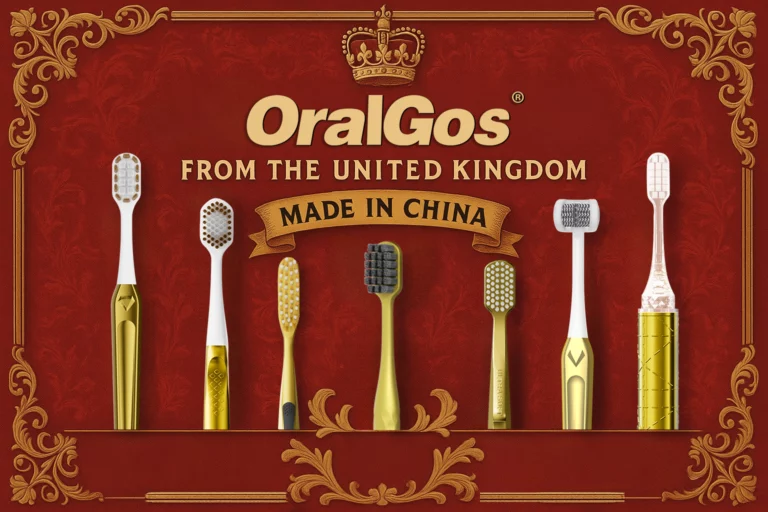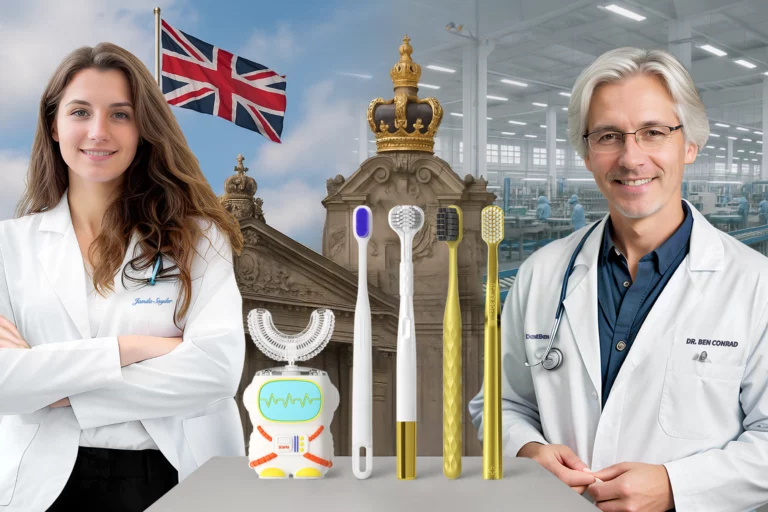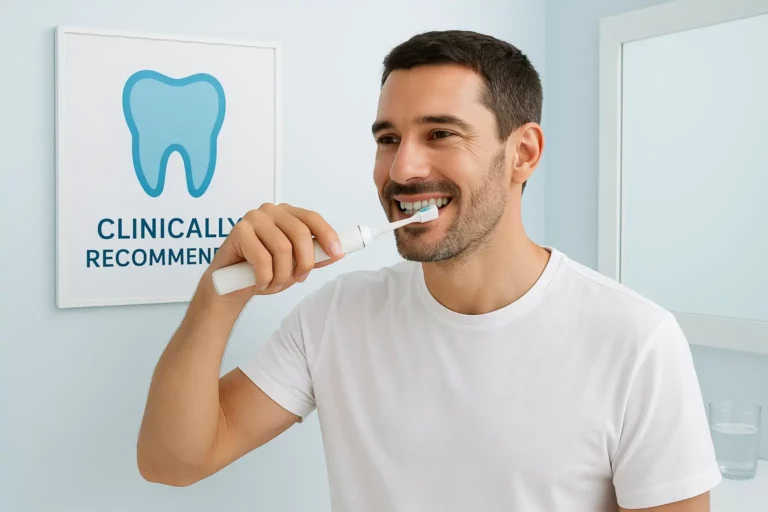The human oral cavity is a highly dynamic and complex microenvironment hosting more than 23,000 bacterial species. While many of these microorganisms maintain a harmless or beneficial relationship with the host, pathogenic bacteria under certain circumstances can cause oral diseases and even affect systemic health. Traditionally, antibiotics have been used to combat these harmful microbes. However, their effectiveness is often compromised by rapid degradation, uncontrolled release, and the accelerating problem of antibiotic resistance. Consequently, research has increasingly focused on advanced antimicrobial materials, especially those leveraging nanotechnology.
Among various innovations, graphene-based materials have attracted significant attention for their safe, long-lasting antibacterial properties. Alongside nanosilver composites, graphene nanomaterials stand out for their potent antimicrobial action and excellent compatibility with oral care formulations. This article delves into the antibacterial mechanism of graphene and highlights its practical use in the toothbrush industry.
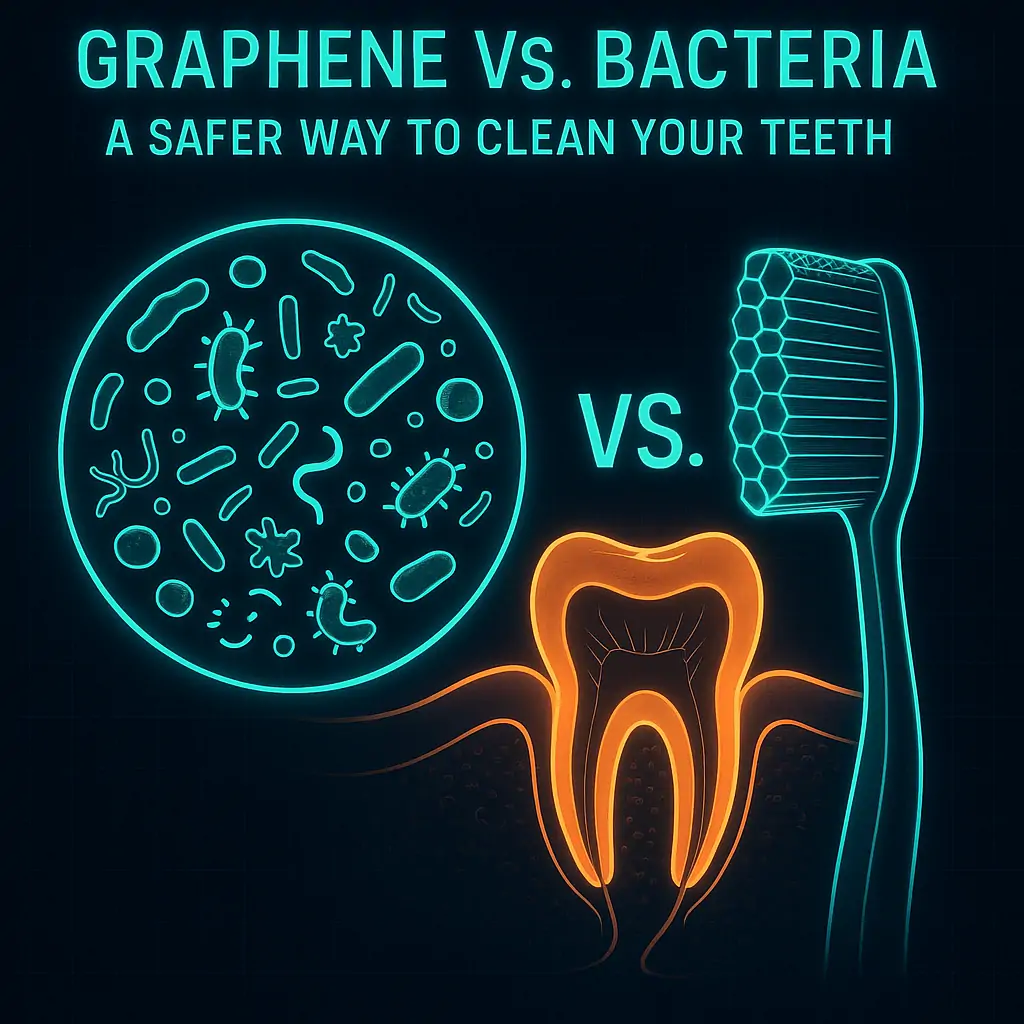
What Makes Graphene Special?
Graphene is a two-dimensional carbon allotrope with atoms arranged in a hexagonal lattice, resembling a honeycomb structure. Its derivatives—graphene oxide (GO) and reduced graphene oxide (rGO)—feature distinct surface chemistries and nanoscale sharp edges, which play a crucial role in their antibacterial performance.
Graphene and its derivatives not only exert direct antibacterial effects but also serve as effective carriers for antimicrobial agents. This dual functionality allows easy integration into various oral care products, particularly those targeting bacterial accumulation on teeth and gums.
Why Choose Graphene Over Traditional Antibacterial Agents?
1. Safety and Non-Toxicity
Unlike nanosilver particles, which may accumulate in organs such as the liver, brain, and reproductive system, graphene materials exhibit minimal toxicity. Numerous studies reveal that silver nanoparticles can induce cellular damage and possess toxicity levels higher than many other metal-based nanomaterials. This concern has led regulatory authorities, including the European Union, to maintain strict controls on nanosilver usage in consumer goods.
Graphene offers a safer alternative by employing a physical mode of action instead of chemical toxicity. The nanoscale edges of graphene sheets act like tiny blades, mechanically disrupting bacterial membranes without damaging surrounding tissues. Moreover, graphene bonds tightly with polymer matrices, eliminating the risk of material detachment or harmful migration. For example, graphene-infused polyethylene films have achieved food-grade certification under EU Regulation 2020/1245, confirming their safety for consumer applications.
2. Long-Lasting Antimicrobial Stability
Graphene composites maintain antimicrobial activity for over ten years, ensuring prolonged protection. This durability suits oral hygiene products such as toothbrushes, which require continuous antibacterial efficacy during daily use.
3. Excellent Biocompatibility
Being carbon-based, graphene inherently aligns with biological environments. It integrates well with resinous compounds commonly used in toothbrushes and other oral devices. Clinical evidence confirms graphene’s safety, showing no negative effects on oral soft tissues.
4. Broad-Spectrum Antibacterial Efficacy
Graphene-based materials exhibit potent antibacterial effects against a wide array of bacteria, including both Gram-positive and Gram-negative strains. Laboratory testing has demonstrated up to 99.9% inhibition against common pathogens such as Escherichia coli, Staphylococcus aureus, and Candida albicans. This broad-spectrum activity makes graphene an excellent choice for comprehensive oral hygiene solutions.
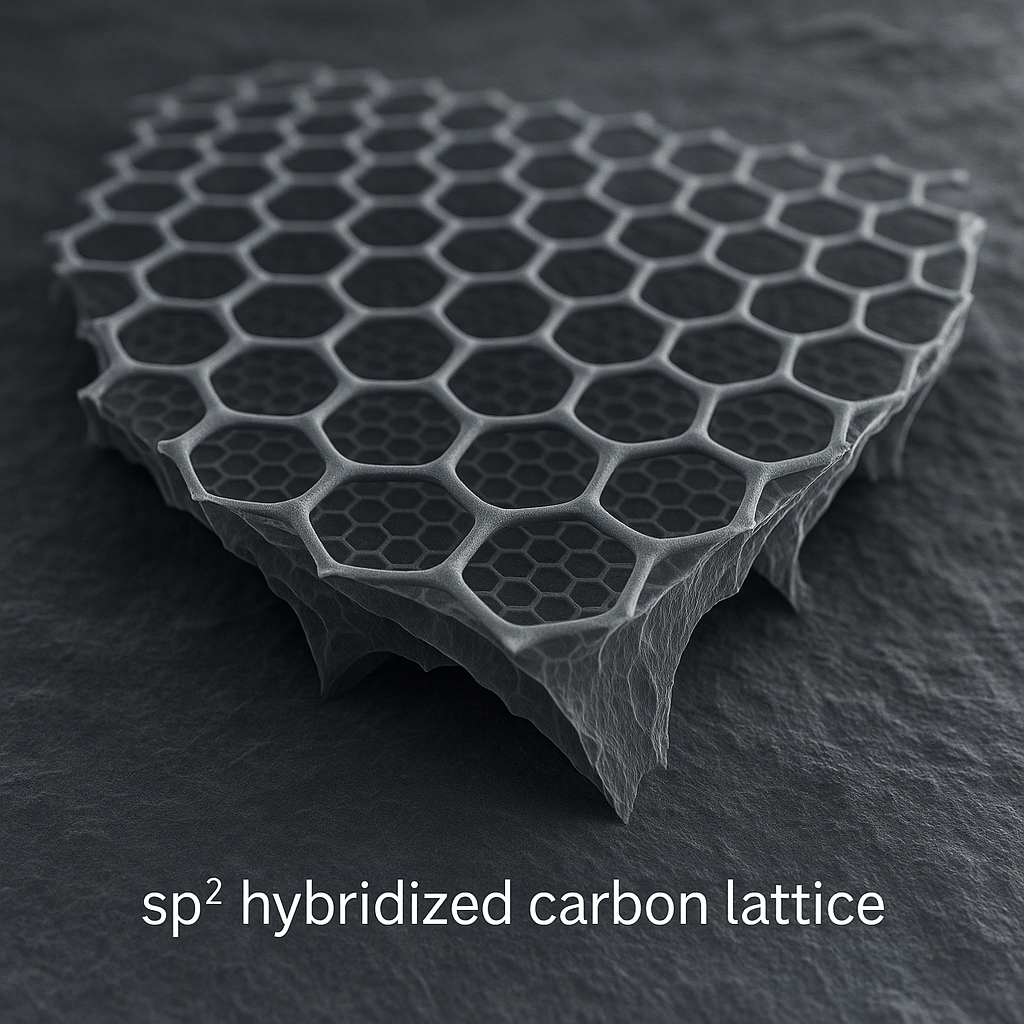
How Does Graphene Fight Bacteria?
Collaborative research involving the Chinese Academy of Sciences, Columbia University, and IBM Watson Research Center has shed light on graphene’s antibacterial mechanism at a molecular level. Published in leading journals like Nature Nanotechnology, these studies reveal that graphene physically inserts into bacterial cell membranes, causing structural disruption.
The sharp edges of graphene puncture membranes, while simultaneously extracting phospholipid molecules crucial for membrane integrity. This dual mechanical and biochemical assault leads to cell collapse and death. Electron microscopy provides visual proof, showing perforations and voids in bacterial membranes after graphene exposure.
Unlike conventional antibiotics, graphene’s physical mechanism prevents bacteria from developing resistance, making it an ideal long-term antimicrobial agent for consumer healthcare products.
Transforming Toothbrushes with Graphene
Thanks to these advantages, graphene has become a key material in designing next-generation toothbrushes. Brands such as OralGos®, manufactured by the MARBON Group, utilize proprietary graphene nanocomposite technology to produce bristles that significantly inhibit bacterial growth on the brush head.
These bristles balance softness with resilience, ensuring effective yet gentle cleaning that protects enamel and gums. Ergonomically designed handles provide comfortable grips for users of all ages. The long-lasting antibacterial properties help maintain brush hygiene between uses, supporting better oral health.
For those requiring more advanced care, OralGos also offers intelligent electric toothbrushes that combine graphene-infused bristles with smart brushing modes. These devices deliver deep cleaning and sustained antimicrobial protection, ideal for users with inconsistent oral hygiene routines.

The Future of Graphene in Oral Care
The growing adoption of graphene signals a shift toward safer, more durable, and multifunctional antimicrobial solutions in oral health. Its unique physical antibacterial mechanism, paired with compatibility in manufacturing, positions graphene as a valuable asset for upcoming innovations.
As regulatory frameworks tighten and consumer demand for non-toxic, long-lasting antibacterial products increases, graphene-based materials will continue to gain prominence. They offer a forward-looking, scientifically backed approach that meets industry requirements while enhancing user experience.
Interested in bringing graphene technology into your oral care lineup?
Reach out to our team today to discover how graphene can boost your brand’s hygiene standards and deliver lasting value to customers.



